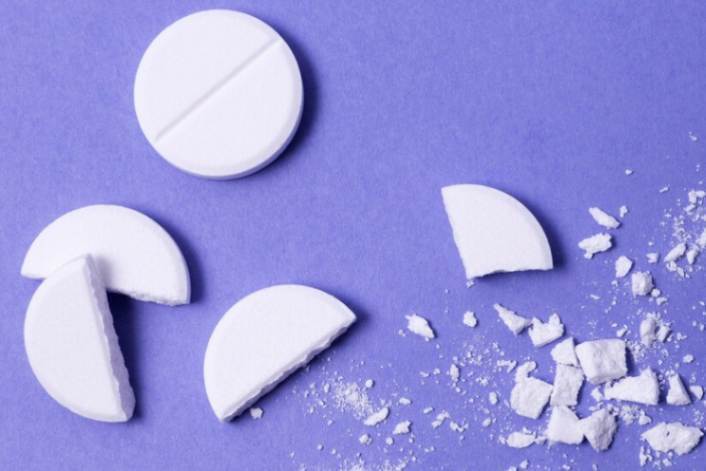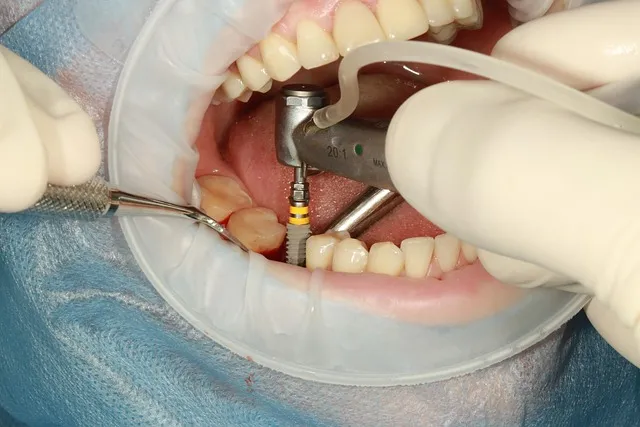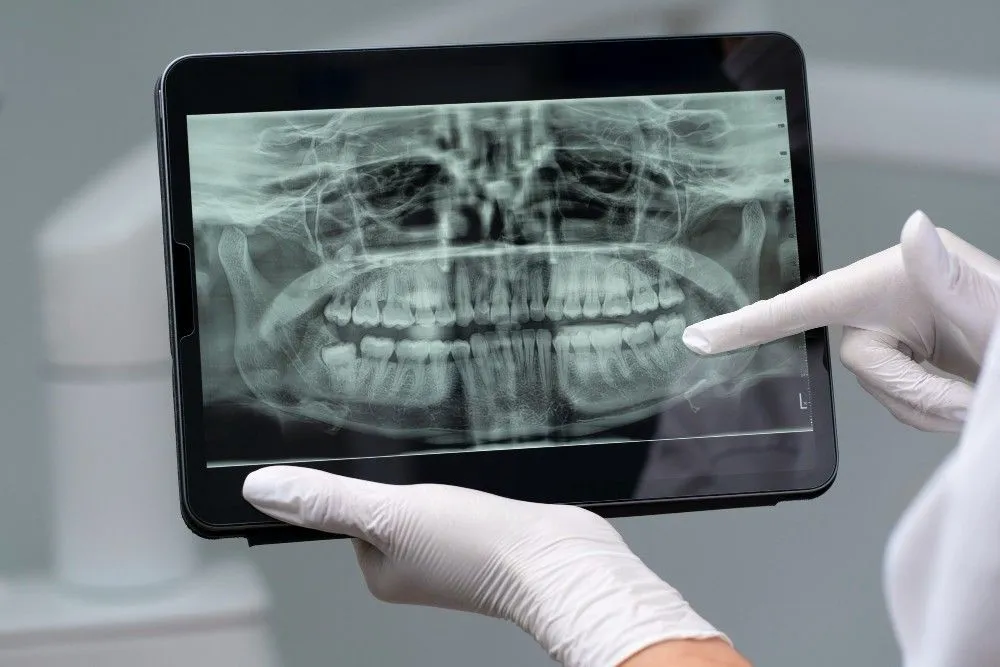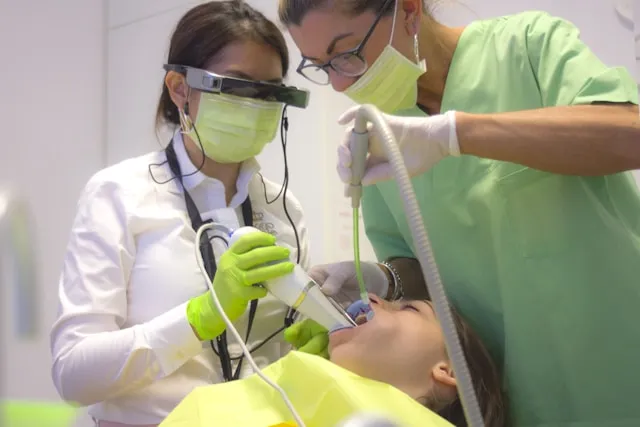Oral sexually transmitted infections (STIs) are more common than you might think, often going unnoticed due to mild or absent symptoms. Understanding how these infections occur, recognizing the signs, and knowing how to protect yourself can go a long way in maintaining your sexual health. This guide will walk you through the symptoms of oral STIs, how they’re transmitted, and steps to reduce your risk.
What Are the Signs of STDs in the Mouth?
Symptoms of oral STIs can vary and may not always be visible. However, some signs to watch for include:
- Sore throat
- Tonsillitis
- Redness with white spots
- Painless sores in the mouth
- Fever blisters
- Swollen tonsils or lymph nodes
- Fatigue
- Difficulty swallowing
- Inflammation around the mouth
- Bumps on the tongue
Symptoms like these may also overlap with other common conditions, so testing is crucial if you suspect an STI.
STI vs. STD: What's the Difference?
It’s important to distinguish between the terms STI and STD:
- STIs (Sexually Transmitted Infections): Infections acquired through sexual contact, which may not show symptoms.
- STDs (Sexually Transmitted Diseases): STIs that have progressed to a stage where symptoms are noticeable.
This means you could have an STI without realizing it, underscoring the importance of regular testing.
How Are Oral STIs Transmitted?
Oral STIs can occur when the mouth, lips, or tongue comes into contact with infected genital, anal, or oral tissues. This can happen during:
- Cunnilingus (oral-vaginal contact)
- Fellatio (oral-penile contact)
- Analingus (oral-anal contact)
STIs can be transmitted through:
- Sexual fluids (e.g., semen or vaginal fluids)
- Skin-to-skin contact with infected areas
- Contact with sores or warts
Key Fact: You can contract an oral STI even without visible symptoms on the infected partner.
Common STIs That Affect the Mouth and Throat
1. Chlamydia
- Symptoms: Mild sore throat.
- Transmission: Primarily through vaginal, anal, or oral sex.
2. Gonorrhea
- Symptoms: Sore throat, swollen lymph nodes.
- Caused by: Neisseria gonorrhoeae bacteria.
3. Syphilis
- Symptoms: Painless sores (chancre), rash, sore throat.
- Caused by: Treponema pallidum.
4. Herpes Simplex Virus (HSV)
- HSV-1: Cold sores or blisters around the mouth.
- HSV-2: Similar symptoms, though primarily genital.
5. Human Papillomavirus (HPV)
- Symptoms: Warts in the mouth or throat, hoarseness.
- Risk: Some strains can lead to head and neck cancers.
6. HIV
- Symptoms: Flu-like symptoms (in early stages) or no symptoms for years.
- Risk: Minimal through oral sex but still possible.
How to Reduce Your Risk of Oral STIs
Prevention is key. Follow these steps to minimize your risk:
- Use Protection: Use condoms or dental dams during oral sex.
- Get Vaccinated: Vaccines for HPV and hepatitis B can reduce risk.
- Know Your Partner’s Status: Discuss sexual health openly with your partner.
- Limit Partners: Fewer partners can reduce your exposure risk.
- Practice Good Oral Hygiene: Cuts or sores in the mouth increase vulnerability.
- Regular Testing: Screen for STIs regularly, even if you don’t have symptoms.
How to Get Tested for Oral STIs
The Centers for Disease Control and Prevention (CDC) recommends regular testing based on age, sexual activity, and other risk factors. Testing methods include:
- Chlamydia and Gonorrhea: Swab of the throat, urine sample.
- HIV: Oral swab or blood test.
- Herpes: Swab of the affected area or blood test.
- Syphilis: Blood test or sore swab.
- HPV: Visual diagnosis or biopsy (if symptoms like warts are present).
When Should You Get Tested?
You should consider testing if:
- You experience unusual symptoms (e.g., sores, bumps, sore throat).
- You or your partner has been diagnosed with an STI.
- You engage in sexual activity with new or multiple partners.
- You had unprotected sex.
Testing is available at healthcare clinics, Planned Parenthood, or through home testing kits.
Conclusion
Oral sex can transmit sexually transmitted infections, making awareness and prevention essential. Recognizing the signs of oral STIs, using protection, and staying proactive with regular testing are vital steps in safeguarding your health. If you notice symptoms or have concerns, consult a healthcare provider promptly. Early detection and treatment are key to preventing complications and the spread of infections.
Frequently Asked Questions
How do the oral STDs start?
Oral STDs are typically transmitted from person to person through the tongue and lips, coming in contact with the genital area.
How do oral STDs start?
Oral STDs can start with syphilis, human papillomavirus, herpes, etc.
Are STDs curable?
Pathogenic linked STIs can be curable, syphilis, chlamydia, and trichomoniasis. These viral infections can be syphilis, gonorrhea, and trichomoniasis.
How can I prevent std in the throat?
There are many ways that you can prevent by using a condom, dental dam, or barrier methods during oral sex.
What STD can affect the mouth?
Chlamydia is one of the occurring STD in the mouth.
What STD with sore throat is reported?
STD and throat pain are correlated to each other and it is mainly occur in 1. Syphilis 2. Gonorrhea 3. Herpes 4. Chlamydia
What are signs of STDs in your mouth?
The signs and symptoms are sore throat, swollen lymph nodes, and tonsils, blisters, fatigue, strep throat, STDs bumps on the tongue, and many more.

Reviewed by







